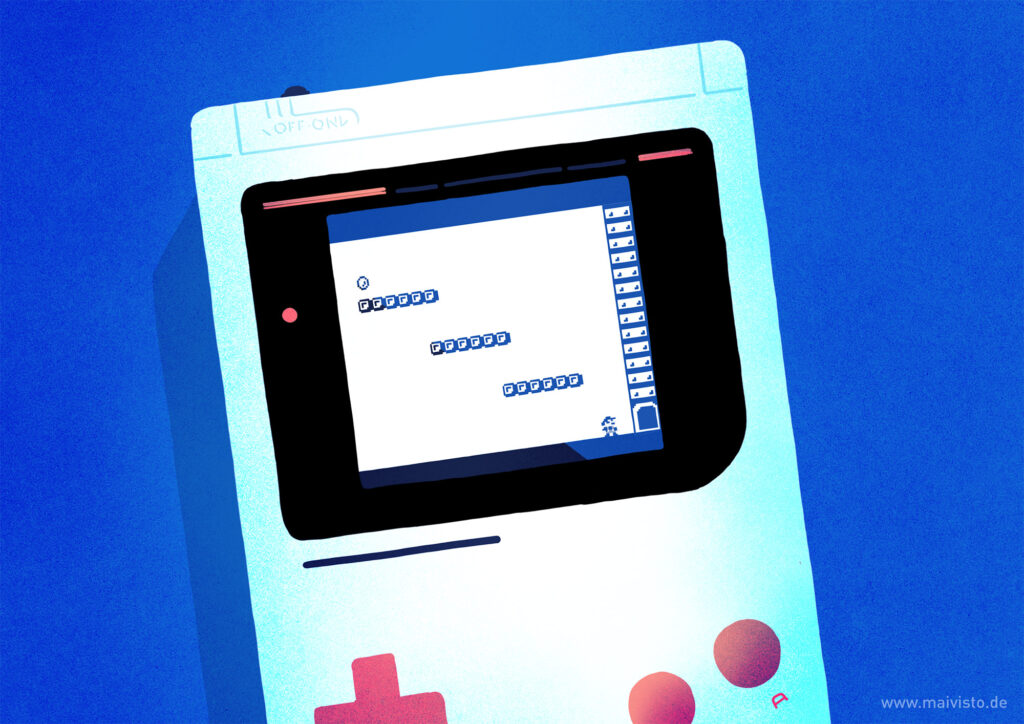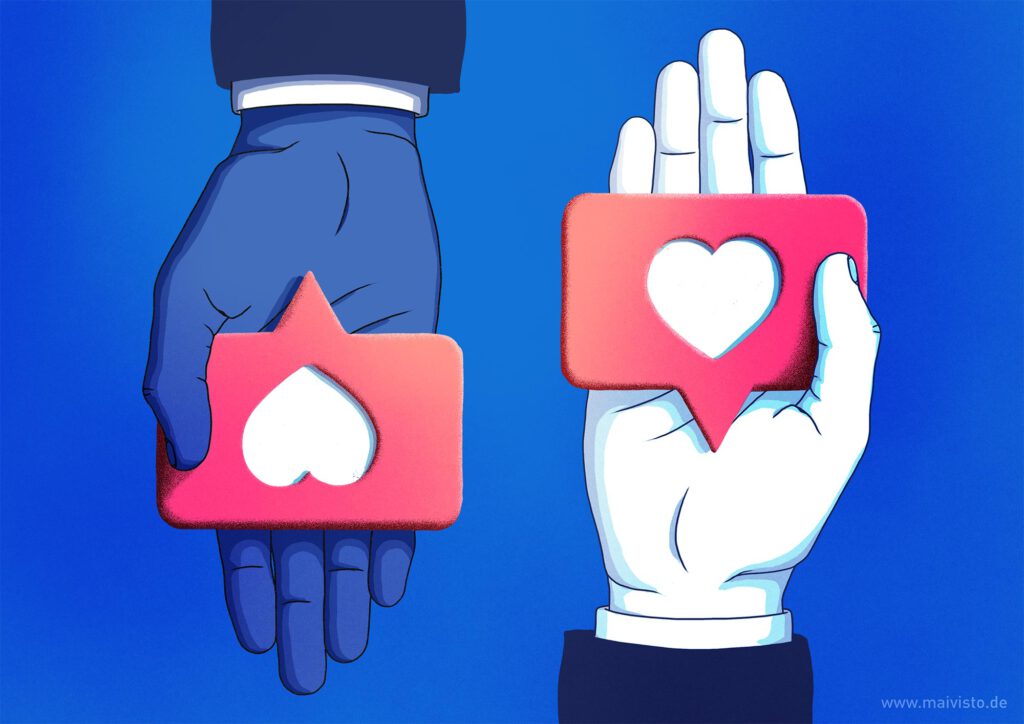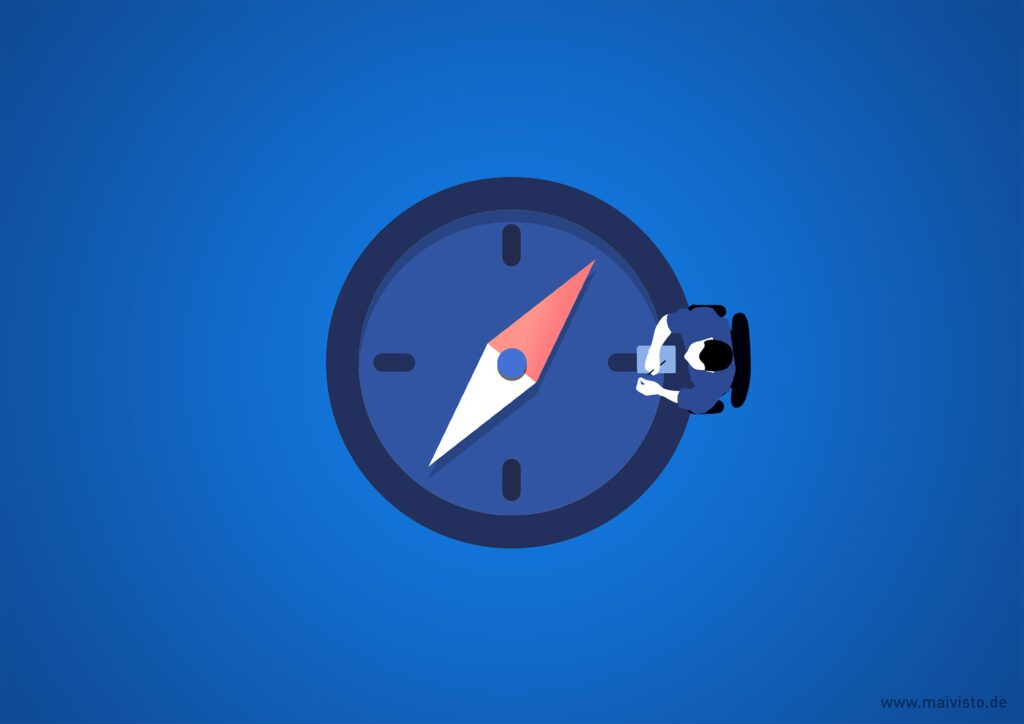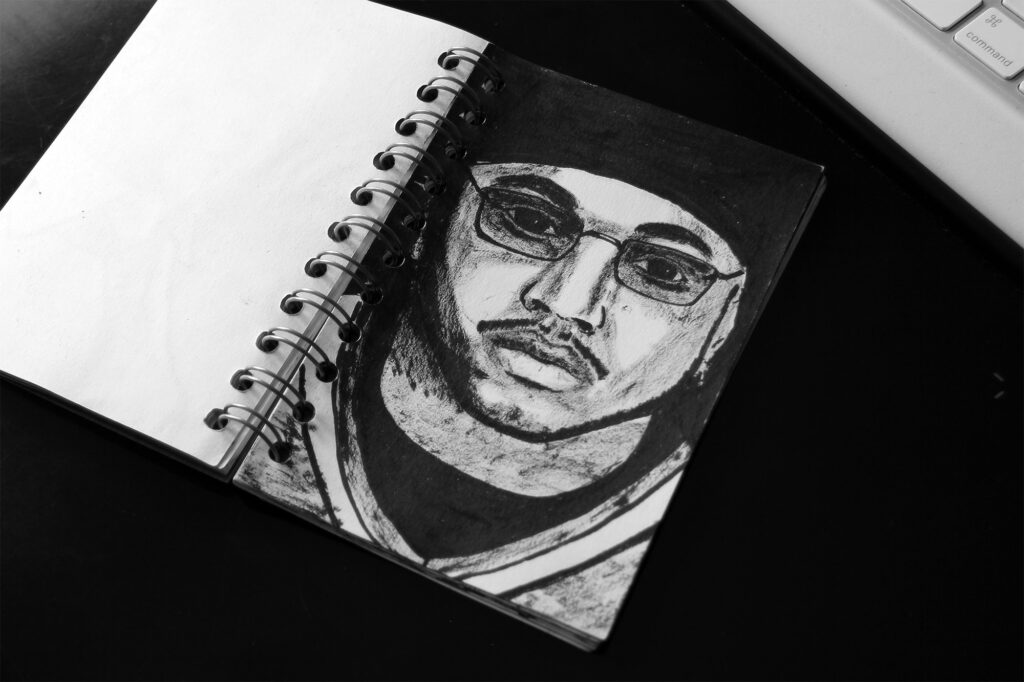Client: “You are the expert. I’m afraid I’m not creative at all.”
A client can tell a programmer, “I don’t know anything about computers, HTML, and website programming.” However, a client cannot say to a designer that he is not creative and that his opinion is not important.
Every person is creative in their activity every day. It’s because everyone searches for solutions every day. In addition, every person also has a sense of visual aesthetics. Even if they do not work in our professional field and struggle to express why they like or dislike something.
As illustrators and designers, let’s involve the client. We may be the established experts in our field, but nothing beats a fresh look at our work to make it better. After all, that’s what it’s all about. We want to create the best possible outcome for the project, the client, us, and the audience.
Some people may be too engaging in the creative process, trusting us too little and constricting our creative freedom. If the reasons are not destructive, there are always solutions to solve this—more on this in another post.



